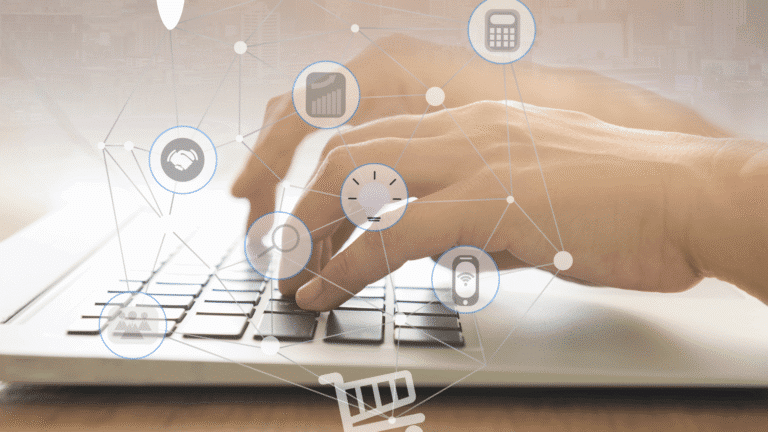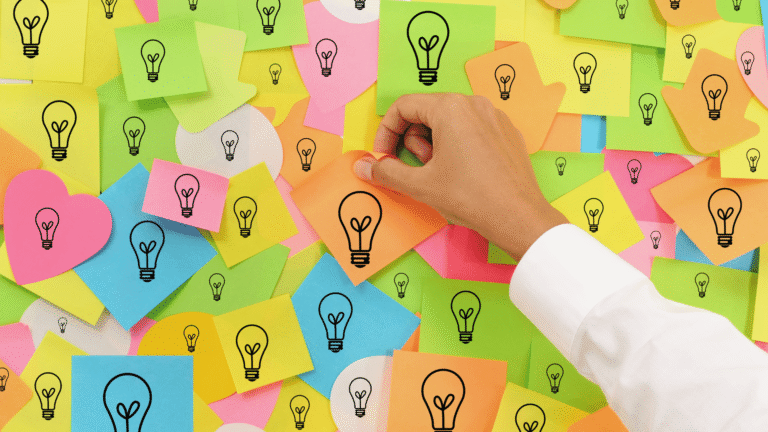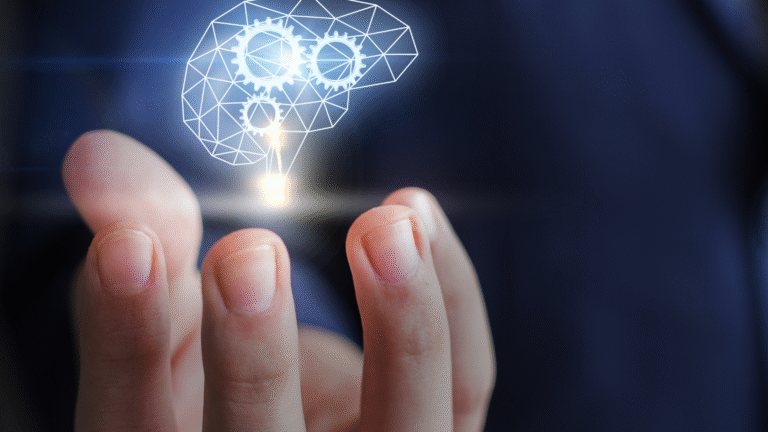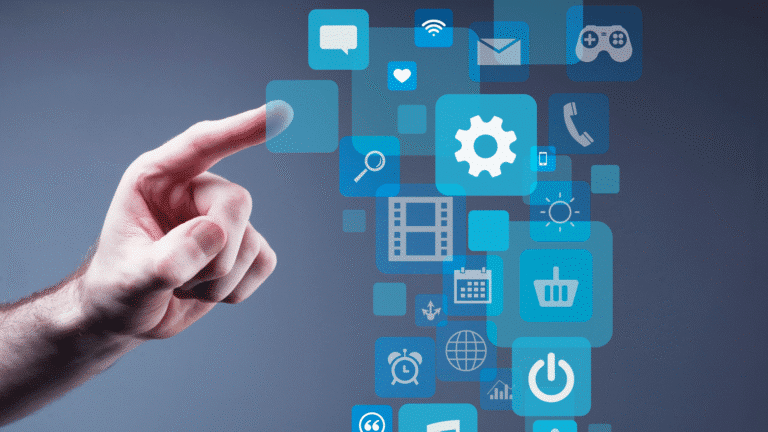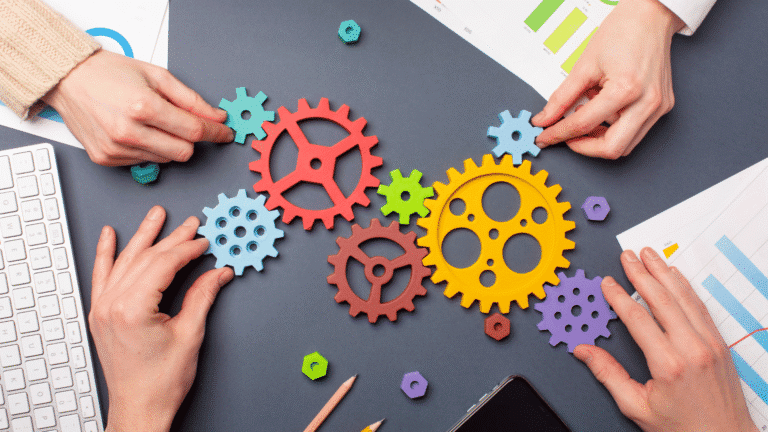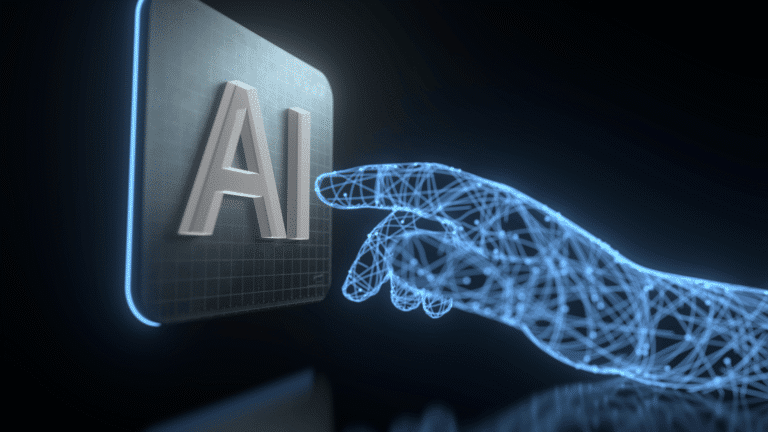Innovation has always been a cornerstone of competitiveness. As studies like Yuman’s remind us, 80% of the flagship products we’ll see in 10 years don’t yet exist—a fact that underscores the strategic importance of constant reinvention.
In recent years, Generative AI (GenAI) has emerged as a powerful tool for exploring vast amounts of scientific and technological information. It can map research landscapes, generate fresh ideas, and connect concepts that might take human teams months to identify. But even with these breakthroughs, one truth stands firm: innovation is a human-driven endeavor, and collaboration—both internal and external—is the key to turning ideas into impactful solutions.
Why GenAI Alone Can’t Replace Collaboration
GenAI can process millions of publications, patents, and technical reports in seconds, offering summaries, recommendations, and even potential solution blueprints. However, it cannot:
- Build trust between partners
- Negotiate shared goals
- Combine tacit knowledge and lived experience
- Navigate complex cultural, strategic, or ethical considerations
It can suggest what to explore, but it cannot fully replicate the creativity, nuance, and synergy that happen when people interact—whether that’s between a company and its suppliers, research labs, or even competitors.
This is where Open Innovation, powered by AI, comes in: creating structured, technology-enhanced pathways for human collaboration at scale.
The Role of Open Innovation in the GenAI Era
Open Innovation—also called collaborative or participatory innovation—has long been a strategy for pooling resources, sharing risks, and accessing fresh perspectives. When paired with GenAI, it becomes even more effective:
- Faster opportunity identification – GenAI can scan and summarize relevant scientific and technological trends, highlighting where collaboration could be most impactful.
- Better partner matching – Platforms like ideXlab combine AI insights with verified databases to identify not just ideas, but the experts and organizations best equipped to develop them.
- Accelerated knowledge exchange – AI can prepare concise, context-rich overviews for collaborators, ensuring discussions start from a shared, informed baseline.
This makes it possible to move from idea to joint project faster than ever before—without sacrificing accuracy or relevance.
Examples of AI-Enhanced Collaborative Innovation
- B2B Collaboration – Safran has long worked with suppliers to improve aerospace technologies. With GenAI, supplier innovation proposals can be enriched with market and technical data before discussions even begin, allowing both sides to focus on feasibility and implementation.
- Cross-industry Partnerships – Solvay’s collaborations with pharmaceutical companies could be sped up by GenAI-assisted literature reviews, making it easier to identify novel chemical compounds and relevant regulatory considerations.
- Crowd Innovation – NASA and Coca-Cola have used open calls to the public to source ideas. AI could help analyze thousands of submissions, clustering similar concepts and highlighting the most promising ones for human review.
- Internal Employee Engagement – Companies like Poult or SNCF run internal idea portals. GenAI could help employees refine their ideas before submission, increasing the quality and readiness of proposals for discussion.
The Human Element: Where Collaboration Shines
Even in an AI-powered workflow, human-to-human interaction is the catalyst for innovation:
- Brainstorming sessions where ideas spark new directions
- Negotiations that align strategic interests
- Co-design workshops where prototypes are shaped
- Mutual trust that sustains long-term partnerships
GenAI can augment these interactions by providing data-driven insights, summaries, and technical references, but the decision-making, creativity, and relationship-building remain human territory.
The Future: GenAI + Open Innovation = Accelerated Progress
We are entering a new phase of collaborative innovation—one where:
- GenAI handles exploration, information synthesis, and early-stage ideation.
- Open Innovation platforms like ideXlab connect innovators with the right external partners, whether they’re universities, startups, suppliers, or even customers.
- Human collaboration turns validated ideas into real-world solutions faster and more efficiently than ever before.
In this model, AI amplifies our capacity to innovate, but people remain at the center—deciding directions, building trust, and making the creative leaps that define breakthroughs.
As Bernard Stiegler said, “We are entering the era of contributory work.” In the age of GenAI, that means work where machines expand what we can know, but humans decide what we should do—together.

